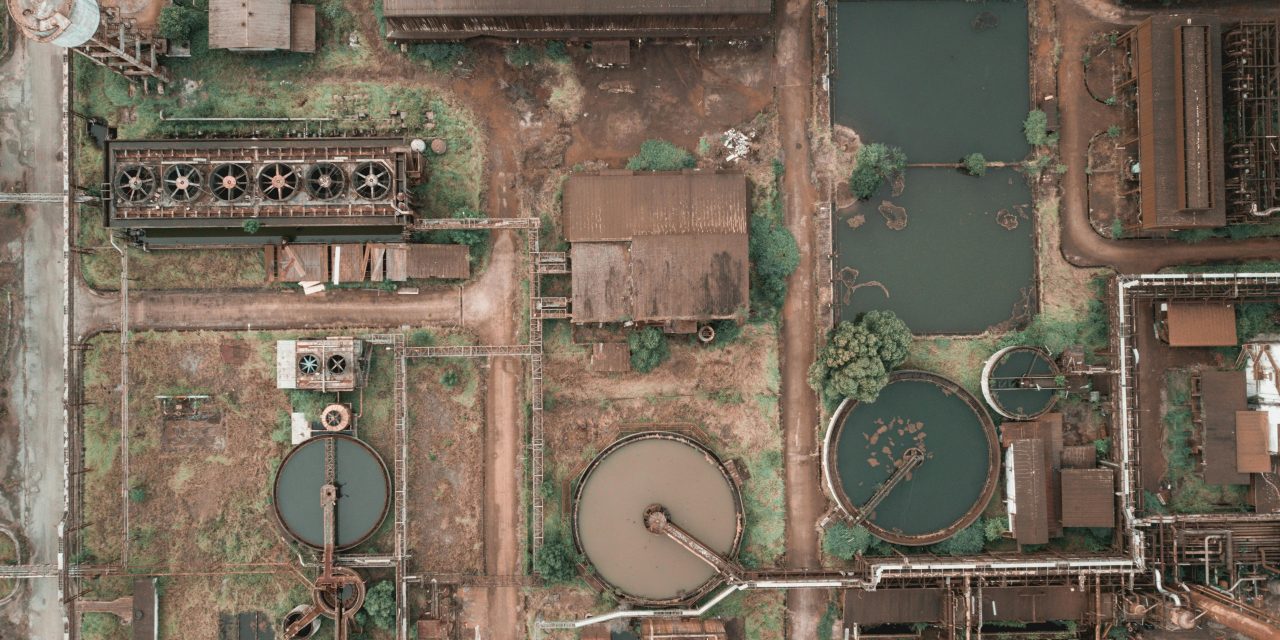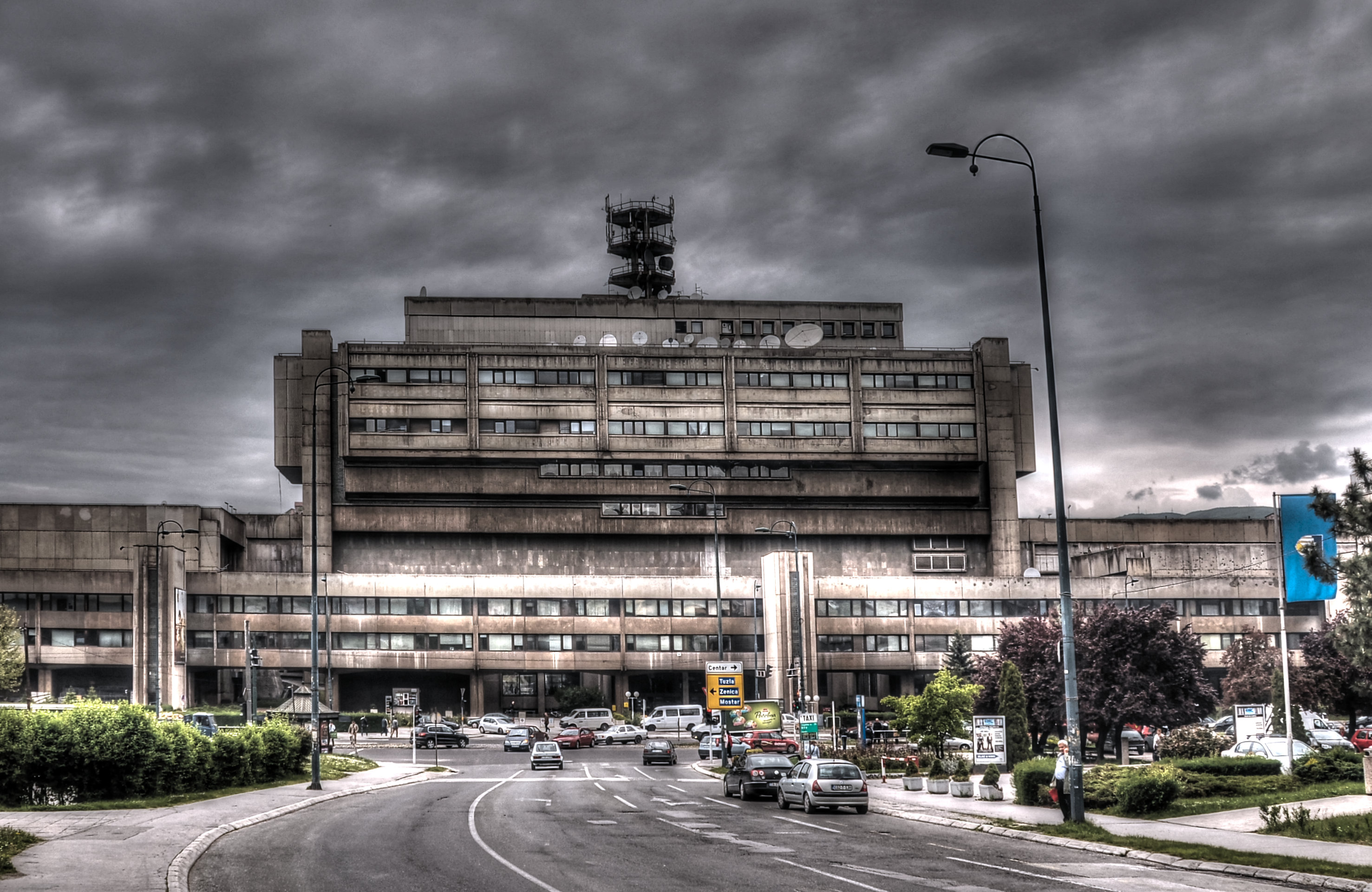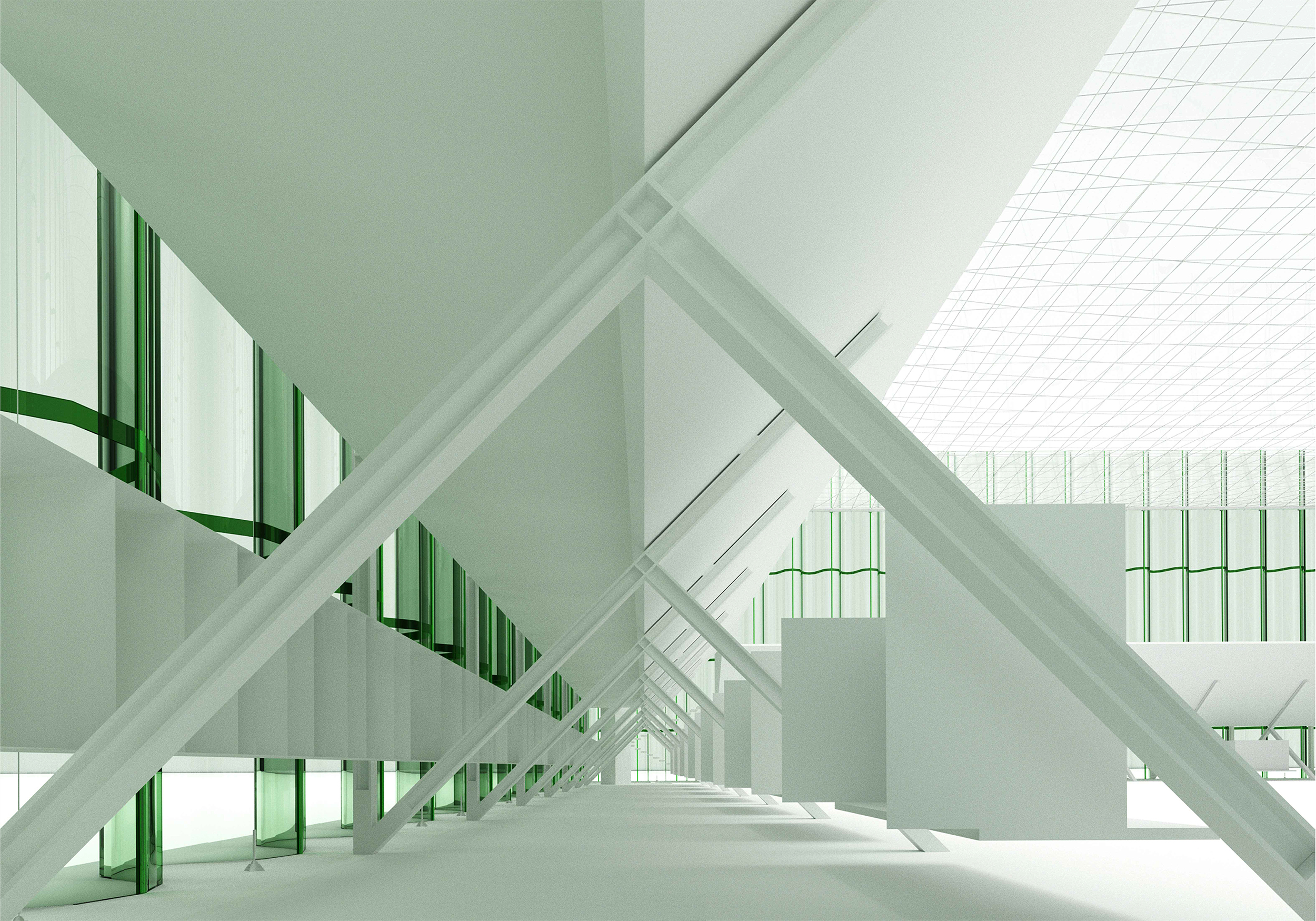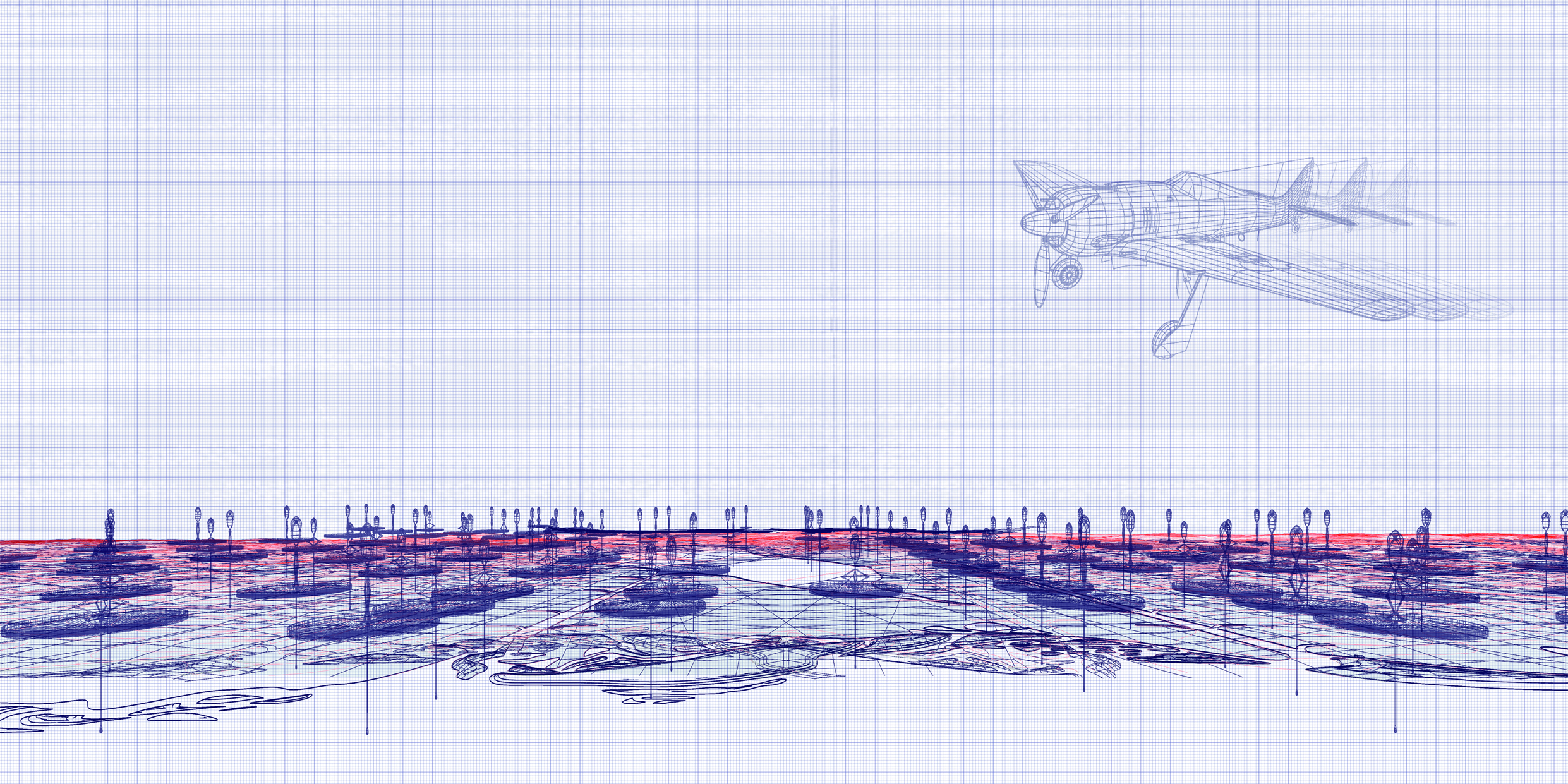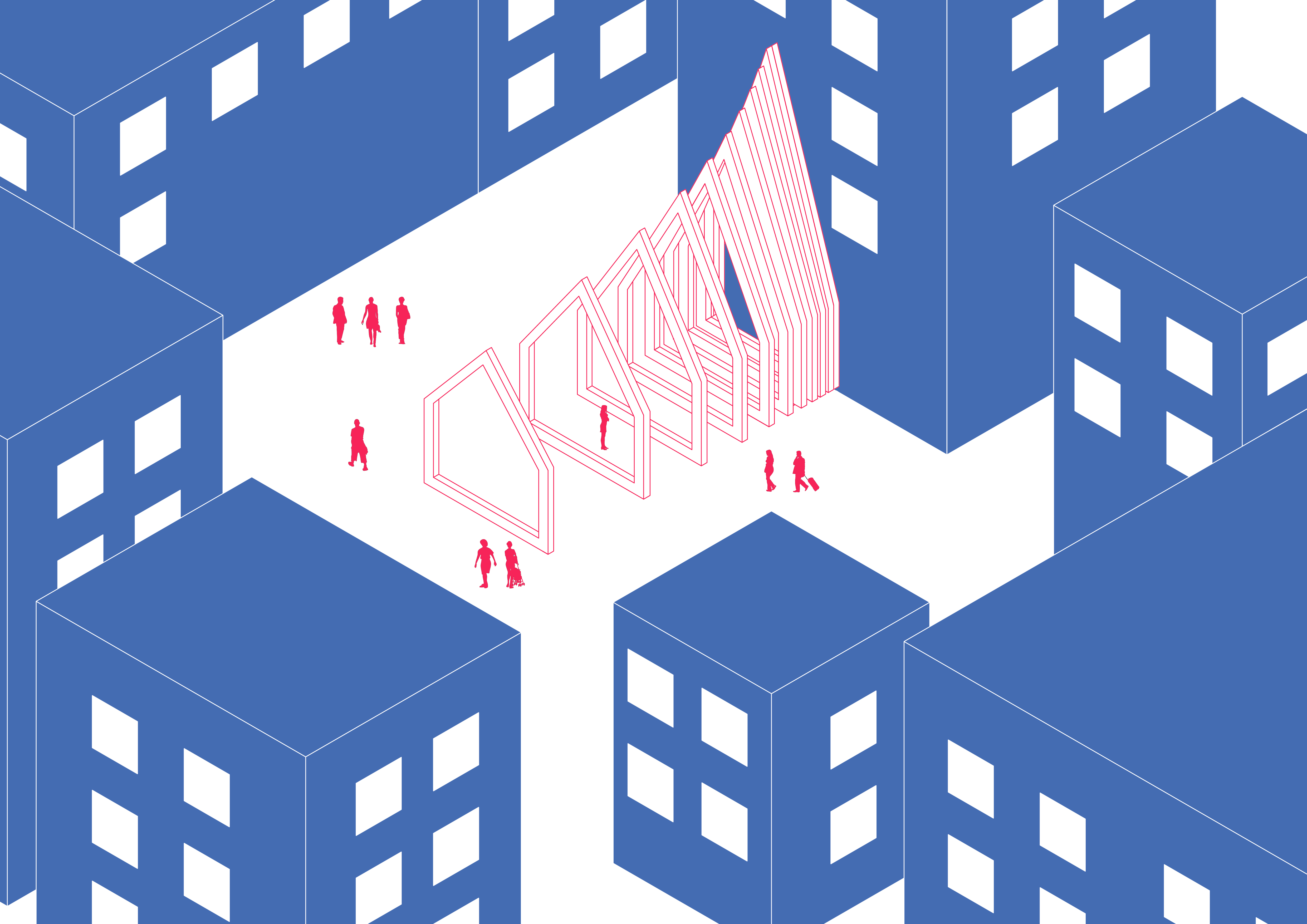by Florian Marcel Šikač
In today’s time of hurried urbanization, that is, rapid urbanization, investors rush to transform every single plot within the city into profit.
Plots are filled with residential development as densely as the law allows, and the little land that isn’t covered by buildings is converted into parking lots. If any nature remains due to the merciful decision of the “rulers,” it is nearly impossible to bring it light from the mountain of buildings, so future residents must seek their Arcadia elsewhere. In such an atmosphere of suffocating construction, every free and unused space within the city is precious. With the gradual disappearance of free, clean parcels and the increase in urban population, along with the need for accompanying public amenities, attention is increasingly directed toward neglected and unkempt areas termed brownfields. These grim backdrops for any activity diminish the image of the city and evoke discomfort in passers-by. Abandoned buildings, with their crumbling façades, watching us from their empty eye sockets, hurry us along our way. This effect is magnified at night when, due to the lack of lighting, we are forced to fill the darkness with our imagination.
In contrast, these spaces, which often lie at the very heart of the city, represent a valuable resource with their spatial potential as well as their historical and architectural significance. The transformation of these spaces signifies the transformation of the city or a neighbourhood, but beyond that, it also transforms the users’ perception of public life. A place of questionable activities and unchecked flora and fauna becomes a new square or cultural centre though which we don’t rush, but rather enjoy lingering. It is necessary to overcome the misconceptions of their unprofitability, as the benefits on the social, cultural, and economic fronts are much greater compared to the perpetual neglect of these spaces. Numerous examples of successful redevelopments make the aforementioned profitability obvious. From residential neighbourhoods on man-made docks, such as Java Island KNSM islands in Amsterdam, to the Colosseum concert hall in a former iron factory in Essen and a public park built on an elevated railway structure in New York. All these projects share the common goal of preserving existing structures, wholly or partially, in order to maintain the memory of the space.
In art, there are those who easily see the meaning of a piece, those who see it only when it is shown to them, and those who simply don’t. The same relationship exists regarding the spatial potential of neglected areas of the city. To renew the space we inhabit and thereby renew ourselves, we need someone who “sees”. A professional eye backed by a wealth of imagination to breathe new life into the shell of its past function.
Cover photo: Pok Rie
This article was published in the 8th issue of the Tristotrojka magazine.

